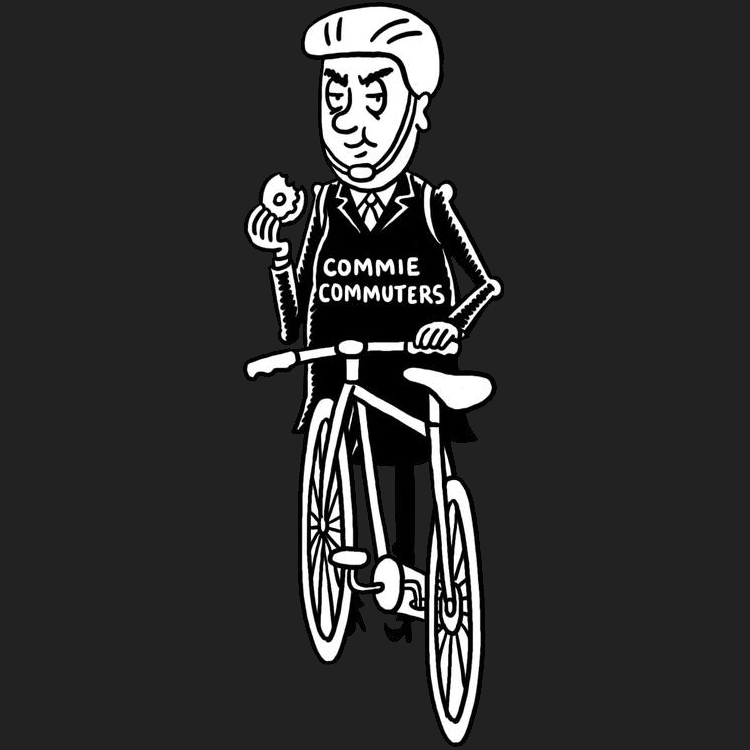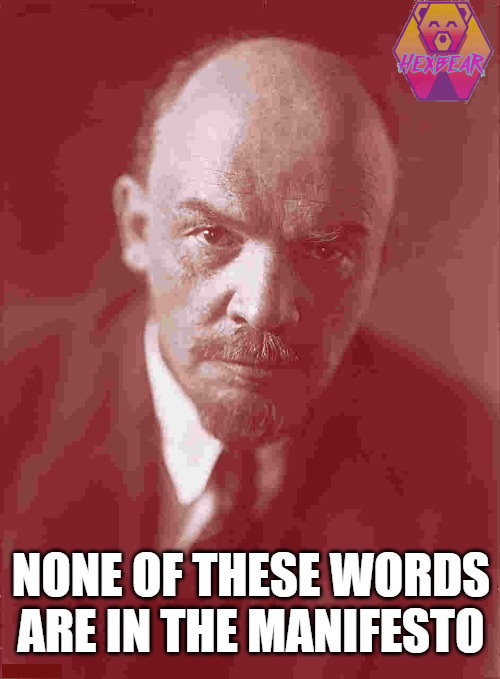The equivalent of the “homeless people are the REAL petite bourgeois oppressors because they lower my mom’s AirBnB property values” patsoc take.
nobody’s talking about “arabs” and “jews” except you buddy, we’re over here talking about palestinians and zionists
This is a very old, very cold take. Like, back to the beginning of Zionism old.
Every decade or so, they have to repackage that fact in popular language to try and make it sound justifiable. We’ve just hit the point where that means describing the exact opposite of what’s happening.
Indigenous Bridges is a non-partisan organization dedicated to the advancement of Indigenous communities globally. Launched in 2016 by Native American and Diaspora Jewish/Israeli leaders, entrepreneurs, educators, artists and activists, Indigenous Bridges has grown to become a network connecting local and diaspora Indigenous communities.
Looks like a psyop organization from Israel.
Your donation supports our organization’s Indigenous Bridges Programs in order to fulfill our Mission of indigenous cultural preservation. As a 501©(3) non-profit organization, ATAYAL can provide a receipt that is tax-deductible by business in the USA. If you are interested in becoming a sponsor, please make a sponsorship donation below or we can discuss your sponsorship via e-mail.
Atayal is the Taiwanese indigenous peoples. This is wild.
https://atayal.org/leadership.php
Came across a new term to me in the site: “Austronesian”
After a bit of searching, it seems to be a term that carries some baggage that implies Taiwan as the origin of many SE Asian cultures.
From the wiki page:
In 1899, the Austrian linguist and ethnologist Wilhelm Schmidt coined the term “Austronesian” (German: austronesisch, from Latin auster, “south wind”; and Greek νῆσος, “island”) to refer to the language family.[66] Schmidt had the same motivations as Codrington. He proposed the term as a replacement to “Malayo-Polynesian”, because he also opposed the implied exclusion of the languages of Melanesia and Micronesia in the latter name.[54][57] It became the accepted name for the language family, with Oceanic and Malayo-Polynesian languages being retained as names for subgroups.
The term “Austronesian”, or more accurately “Austronesian-speaking peoples”, came to refer the people who speak the languages of the Austronesian language family. Some authors, however, object to the use of the term to refer to people, as they question whether there really is any biological or cultural shared ancestry between all Austronesian-speaking groups.[44][68] This is especially true for authors who reject the prevailing “Out of Taiwan” hypothesis and instead offer scenarios where the Austronesian languages spread among preexisting static populations through borrowing or convergence, with little or no population movements.[45][69] Paraw sailboats from Boracay, Philippines. Outrigger canoes and crab claw sails are hallmarks of the Austronesian maritime culture.[70][71][72]
Despite these objections, the general consensus is that the archeological, cultural, genetic, and especially linguistic evidence all separately indicate varying degrees of shared ancestry among Austronesian-speaking peoples that justifies their treatment as a “phylogenetic unit.” This has led to the use of the term “Austronesian” in academic literature to refer not only to the Austronesian languages, but also the Austronesian-speaking peoples, their societies, and the geographic area of Austronesia.
This is the most baby brained bullshit.
What the entire fuck?
holy shit, this is an all-timer
An Imgur link was detected in your post. Here are links to the same location on alternative frontends that protect your privacy.







